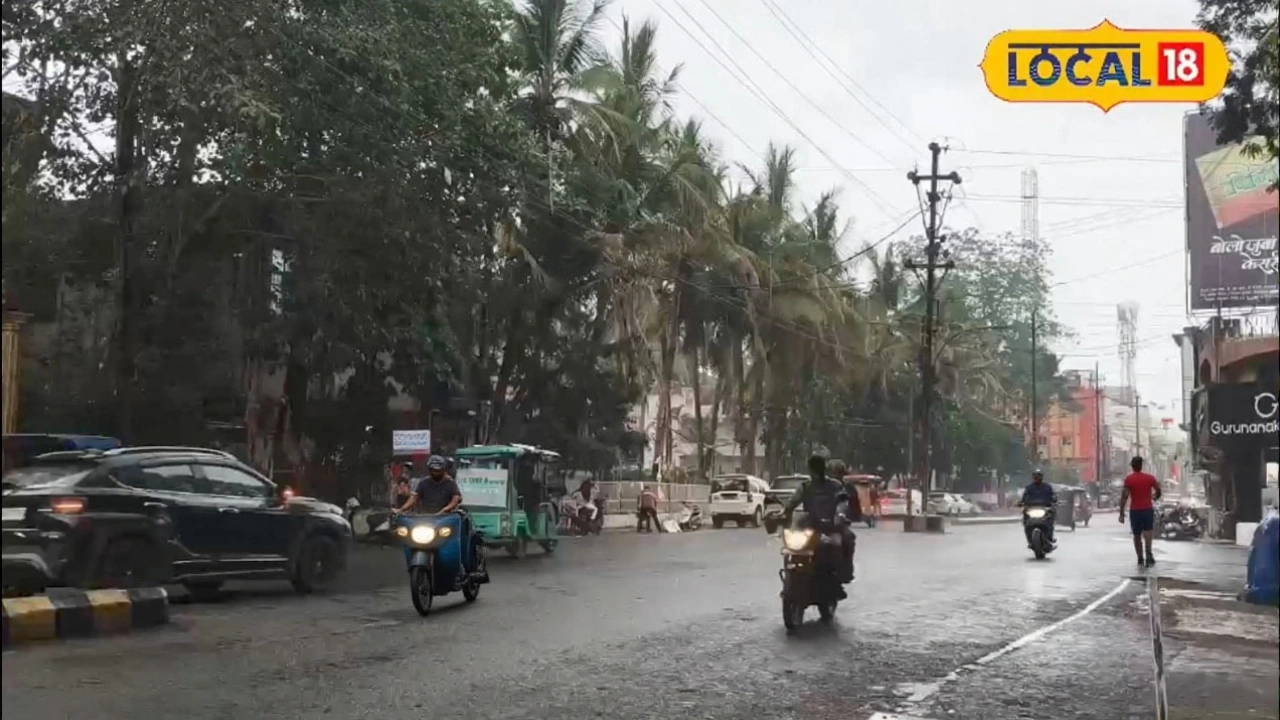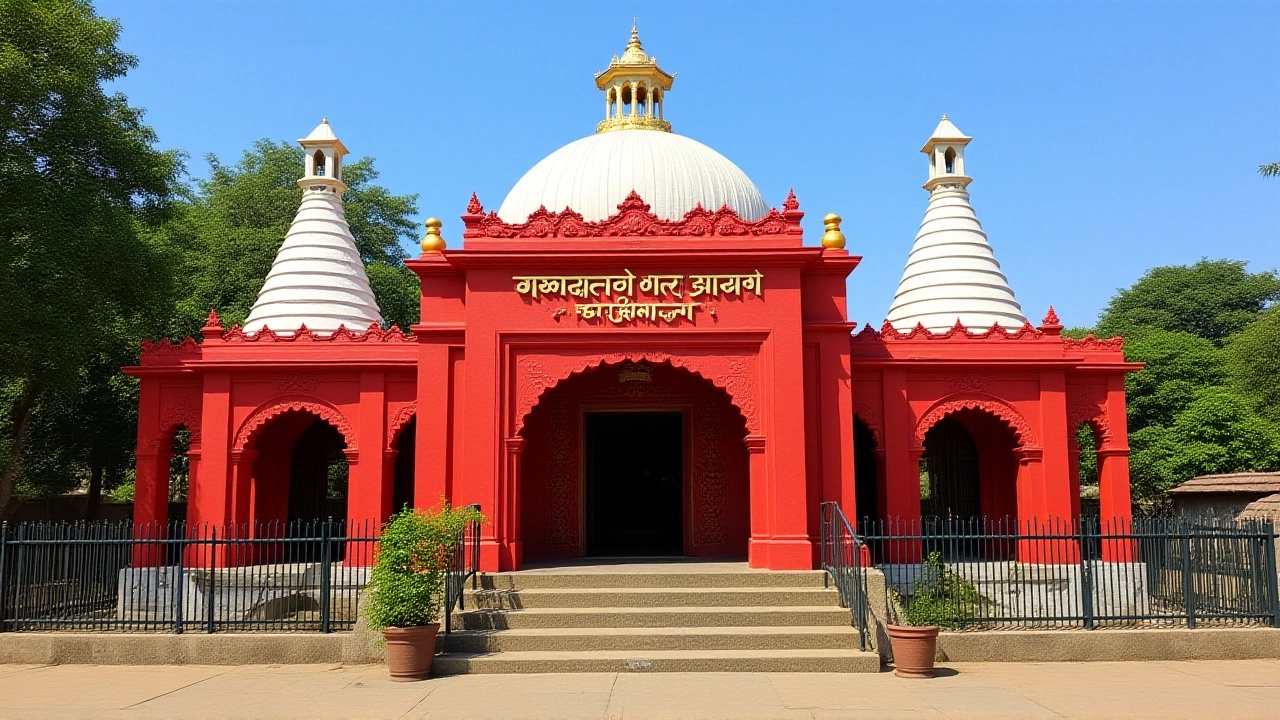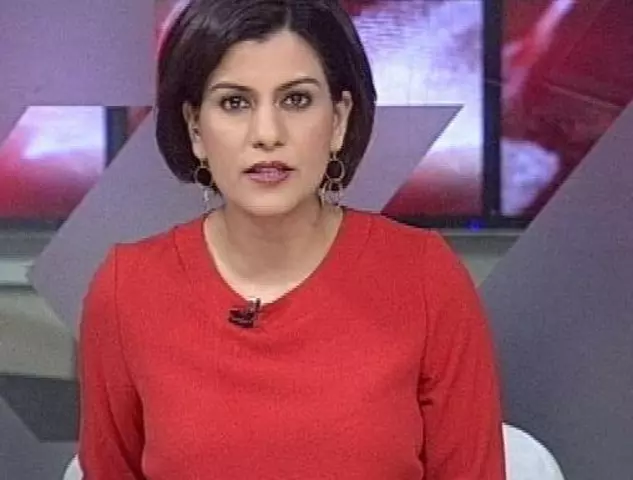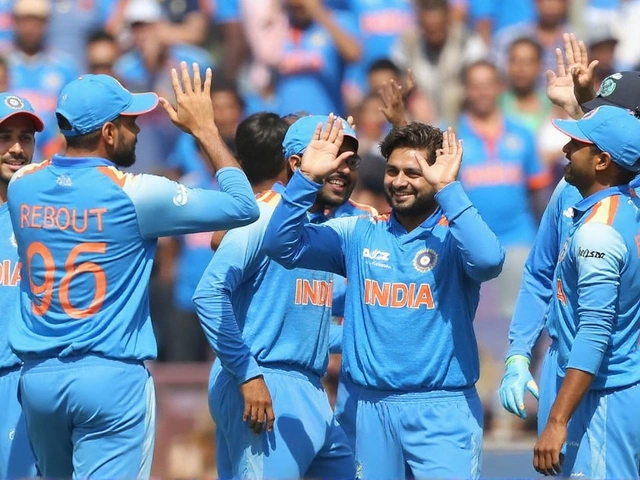When IMD Patna issued its latest weather alert, residents across Bihar didn’t just see dark clouds — they felt the weight of what was coming. Cyclone 'Montha', churning across the Bay of Bengal at 110 km/h, made landfall near Kakinada, Andhra Pradesh on Tuesday evening, and by Wednesday morning, its outer bands had already reached Odisha. Now, the storm’s lingering fury is poised to unleash heavy rain, violent winds, and a sharp drop in temperatures across Bihar on October 30 and 31, 2025 — turning everyday life upside down for millions.
What’s Happening in Bihar Right Now?
It’s not just a forecast — it’s already happening. Since Wednesday morning, Patna and neighboring districts like Bhojpur, Saharsa, and Supaul have seen drizzle turning into steady rain. In Sivahan, the first signs appeared as early as Tuesday — skies darkened, the air grew heavy, and the wind picked up. By Wednesday, IMD recorded light rainfall in seven districts, with more expected to follow.
But the real storm is still coming. On October 30, six districts — Banka, Jamui, Supaul, Araria, Kishanganj, and Sheikhpura — are under an ‘extremely heavy rainfall’ warning. Another 11 districts, including Patna, Bhagalpur, and Rohtas, face ‘heavy rainfall’ conditions. Rainfall could exceed 150 mm in 24 hours in some areas — enough to flood low-lying roads, damage crops, and disrupt power.
Why This Storm Is Different
Most cyclones weaken quickly after landfall. Not this one. Cyclone 'Montha' didn’t just hit the coast — it carried moisture like a moving reservoir. Even after losing its core strength, it’s feeding off warm, humid air over eastern India. That’s why IMD Patna is warning of gusts up to 40 km/h across Bihar, along with frequent lightning strikes. The real danger isn’t just the rain — it’s the sudden drop in temperature. Overnight lows could plunge to 14°C in northern districts, a 7-8°C drop from normal. For elderly residents and those without proper shelter, this isn’t just uncomfortable — it’s life-threatening.
Meanwhile, Uttar Pradesh’s southeastern districts — Prayagraj, Varanasi, and Sonbhadra — are already reporting localized floods. In Madhya Pradesh, 12 districts have been placed on orange alert, with rainfall recorded in places like Shivpuri and Datiya. This isn’t isolated. It’s a regional weather system, stretching from Tamil Nadu to Punjab.

The Human Cost and Farmer’s Nightmare
For farmers in Bihar, this is a disaster in slow motion. The rabi crop — wheat, mustard, barley — is just starting to sprout. A single night of waterlogging can rot seedlings. In Bhagalpur, one farmer told local reporters, “We planted last week. Now the fields are mud. If this rain doesn’t stop, we lose everything.”
Urban areas aren’t safe either. In Patna, drainage systems are already clogged. Traffic police reported over 30 waterlogged intersections by midday Wednesday. Schools in 15 districts are on standby for closure. Emergency teams from the National Disaster Response Force have been deployed to Purnea and Madhubani — areas historically prone to flash floods.
What’s Next? The 48-Hour Window
SkyMet estimates the weather disturbance will last 48 to 50 hours — meaning the worst could stretch into Friday. By Saturday, the rain will ease, but cold, dry winds from the northwest will sweep across Delhi, Haryana, and Punjab, bringing frost-like mornings. In Uttarakhand and Himachal Pradesh, snowfall is expected above 2,500 meters — an early winter surprise.
For now, the focus remains on Bihar. The state government has activated its disaster management center. Relief camps are being readied in 20 high-risk blocks. Mobile alerts are being sent to over 12 million residents. But as one IMD meteorologist quietly admitted: “We’ve seen storms like this before. What we haven’t seen is how quickly they’ve moved inland — and how long they linger.”

What You Need to Do Right Now
- Avoid travel after dusk — flooded roads and fallen trees are common.
- Keep emergency supplies: torch, water, medicines, dry food.
- Secure loose items — balconies, rooftops, and outdoor furniture can become projectiles.
- Check on elderly neighbors — cold and damp conditions are deadly for them.
- Stay off social media rumors — rely only on IMD Patna and official state bulletins.
Frequently Asked Questions
How much rain is expected in Bihar on October 30-31?
IMD Patna forecasts 100-150 mm of rainfall in six districts, with isolated pockets seeing over 200 mm. That’s equivalent to nearly two months’ average rain falling in under 48 hours. Areas like Banka, Jamui, and Supaul are most vulnerable. Flooding is likely in low-lying regions near the Ganges and its tributaries.
Why is the temperature dropping so suddenly?
Cyclone Montha is pulling cold, dry air from the north into eastern India. As the system weakens, it creates a pressure gradient that pushes chilly winds from the Himalayan foothills southward. Overnight temperatures could fall to 14°C in northern Bihar — a drop of 8°C in under 72 hours. This rapid change is what makes it dangerous, especially for children and the elderly.
Is this storm linked to climate change?
While no single storm can be blamed on climate change, the frequency of intense cyclones in the Bay of Bengal has increased by 40% since 2000, according to IMD’s long-term analysis. Warmer sea surface temperatures — now averaging 2.5°C above 1990s levels — give storms more energy. Montha’s rapid intensification and inland penetration are consistent with this trend.
Which crops are most at risk in Bihar?
Rabi crops — especially wheat, mustard, and chickpeas — are just emerging. Waterlogging kills young seedlings within 48 hours. In districts like Bhagalpur and Purnea, over 70% of rabi fields are already planted. If rain continues beyond Friday, losses could exceed ₹2,300 crore, according to state agriculture estimates. Farmers are being urged to drain excess water and cover vulnerable crops with tarpaulin.
Are schools and offices shutting down?
As of Thursday, 15 of Bihar’s 38 districts have issued advisory notices for possible school closures on October 30. No official shutdown has been ordered yet, but local authorities are preparing for it. In Patna, municipal offices are operating on reduced hours. Transport services, including state buses and trains, are being monitored for delays — especially along the Gaya–Muzaffarpur and Patna–Saharsa routes.
How long will the cold weather last after the rain stops?
The cold snap is expected to last 5-7 days after the rain ends. Clear skies will return by Saturday night, but with little cloud cover, heat escapes quickly. Minimum temperatures may stay below 16°C until November 5. In rural areas, where heating is scarce, this prolonged chill could strain health systems — especially in districts with high rates of respiratory illness.





